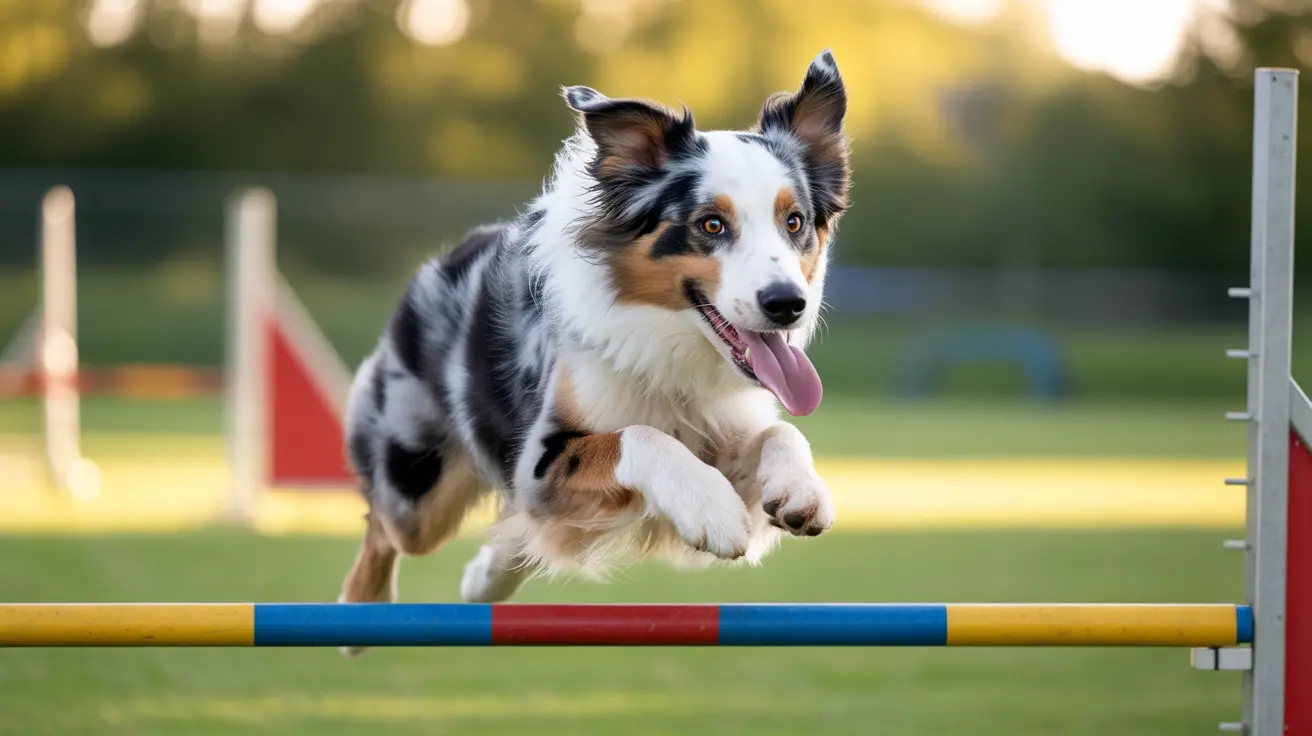How Much Chicken and Rice Should You Feed Your Dog?
If your dog has an upset stomach—think diarrhea or vomiting—chicken and rice is the classic bland diet that veterinarians often recommend. It's gentle, easy to digest, and most dogs find it tasty. But how much should you actually give? Let's break down the details so you can help your pup recover quickly and safely.
Why Chicken and Rice?
This combo is popular for a reason. Chicken offers lean protein without much fat, while white rice provides simple carbohydrates that are easy on sensitive stomachs. Together, they're highly digestible and unlikely to trigger allergies (though some dogs may be exceptions).
Still, it's important to remember: this diet is not complete nutrition. It's meant for short-term use only—usually just a few days.
When Should You Use Chicken and Rice?
- Your dog has mild digestive issues like diarrhea or vomiting.
- A veterinarian suggests a bland diet for 2–4 days.
- You want something gentle while your dog's system recovers.
If symptoms last more than a couple of days—or if you see blood in the stool, ongoing vomiting, lethargy, or loss of appetite—call your vet right away.
The Right Ingredients
- Chicken: Always use boneless, skinless chicken breast. Thighs or skin add too much fat.
- Rice: Stick with plain white rice; brown rice's extra fiber can irritate sensitive stomachs.
- No extras: Don't add oil, butter, salt, or spices—keep it plain and simple.
The Ideal Mixing Ratio
The standard recommendation is 2 parts cooked white rice to 1 part cooked chicken by volume. For example: mix 2 cups of rice with 1 cup of shredded chicken breast. Chop everything into small pieces so it's easy for your dog to eat (and digest).
How Much to Feed by Weight
- Toy dogs (<5 lb): about 1/2 cup total per day
- 5–15 lb: 1/2 to 3/4 cup per day
- 16–30 lb: 1 to 1.5 cups per day
- 31–50 lb: 1.5 to 2 cups per day
- 51–75 lb: 2 to 3 cups per day
- 76–99 lb: 3 to 4 cups per day
- >100 lb: up to 4–5 cups per day
If you prefer grams: feed about 2–3% of your dog's body weight in total food daily. For example, a 22-lb (10 kg) dog would get about 200–300 grams of food (roughly two-thirds rice and one-third chicken).
Bland Diet Substitutions (If Needed)
- Pork loin or lean ground beef (93%+ lean)
- Cottage cheese (low-fat), egg whites, or plain low-fat Greek yogurt for protein variety
- Peeled boiled potatoes or oats instead of rice if allergies are suspected
The Feeding Routine: Small Meals Are Key
Total daily food should be split into three or four small meals throughout the day. This helps avoid overloading your dog's digestive tract when it's already sensitive. Serve the food at room temperature—never hot—and store leftovers in the fridge for up to three days (or freeze portions for later).
The Transition Back To Regular Food
Wait until symptoms improve.
SLOWLY reintroduce regular food over three or four days:
- Day one: 75% chicken/rice + 25% regular food
- Day two: 50/50 blend
- Day three: 25% chicken/rice + 75% regular food
- Day four: 100% regular food
This gradual shift helps prevent upsetting your dog's stomach again.
Bland Diet Safety Tips
- No bones! Only boneless meat.
- No fatty cuts or raw chicken—always boil thoroughly until fully cooked (internal temp at least 165°F/74°C).
- Avoid feeding this diet longer than four days without veterinary guidance—it lacks essential nutrients long term.
A Few More Things To Know...
- If your dog has diabetes: avoid rice and other simple carbs altogether.
- If allergies are suspected: try alternative proteins/carbs as listed above.
If you're unsure how much to feed—or if symptoms persist—don't hesitate to check with your veterinarian. Commercial bland diets are also available if you need something nutritionally balanced for longer-term feeding.





